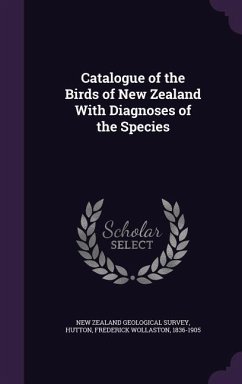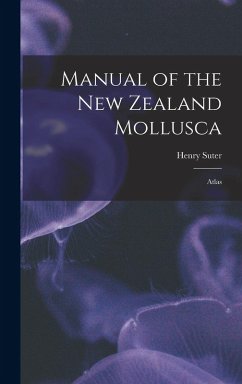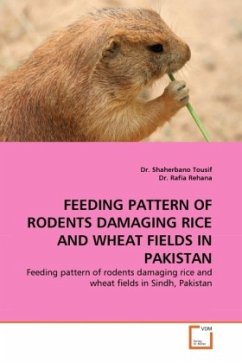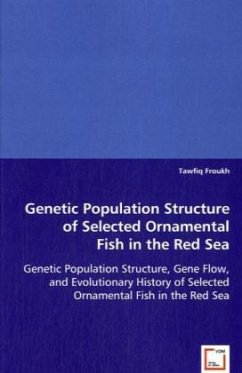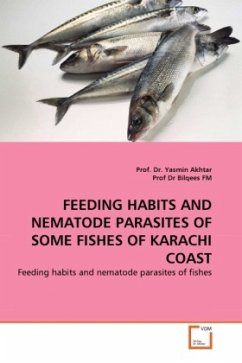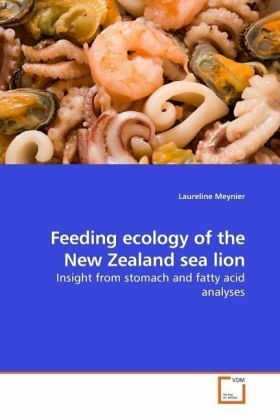
Feeding ecology of the New Zealand sea lion
Insight from stomach and fatty acid analyses
Versandkostenfrei!
Versandfertig in 6-10 Tagen
52,99 €
inkl. MwSt.

PAYBACK Punkte
26 °P sammeln!
The New Zealand sea lion has failed to recolonise its pristine distribution around the New Zealand main islands despite its protection since 1881. One hypothesis is that the population growth is limited by the distribution and/or abundance of suitable prey on the Auckland Islands (50 30'S, 166 E) region, where most of New Zealand sea lions breed. This book provides a detailed account on the diet of New Zealand sea lions from 1997 to 2006 using a combination of stomach content and fatty acid analyses. Deep-sea fish and arrow squid were found key prey species for New Zealand sea lions. Half of t...
The New Zealand sea lion has failed to recolonise its pristine distribution around the New Zealand main islands despite its protection since 1881. One hypothesis is that the population growth is limited by the distribution and/or abundance of suitable prey on the Auckland Islands (50 30'S, 166 E) region, where most of New Zealand sea lions breed. This book provides a detailed account on the diet of New Zealand sea lions from 1997 to 2006 using a combination of stomach content and fatty acid analyses. Deep-sea fish and arrow squid were found key prey species for New Zealand sea lions. Half of the fishing activity of the New Zealand southern squid fishery occurs in the north of the Auckland Islands shelf where New Zealand sea lions forage, leading to incidental captures every year. This research emphasises that management of the New Zealand sea lion must not only consider the direct interactions with the fishery, but also the likelihood of food resource competition between the fishery and New Zealand sea lions.






